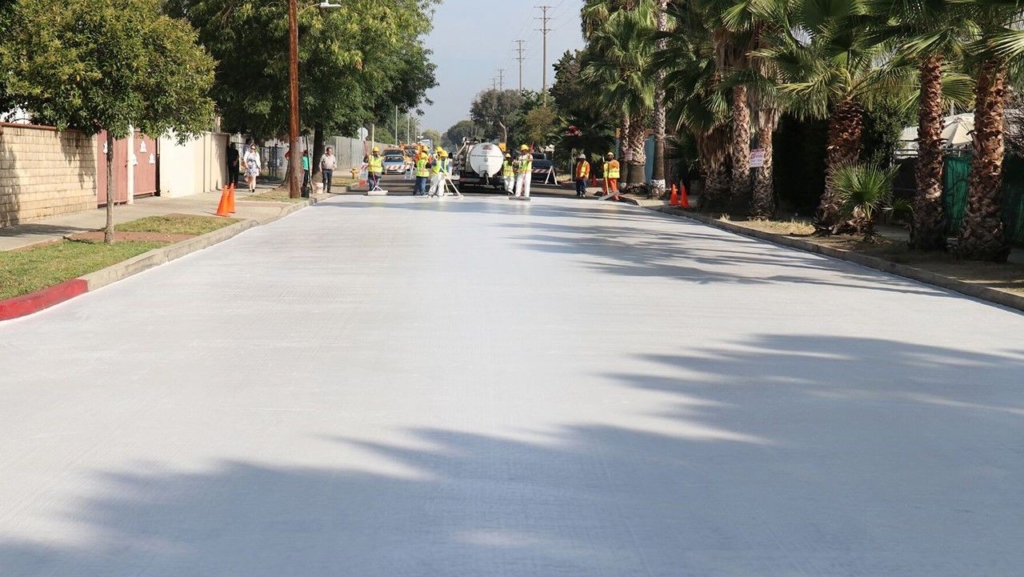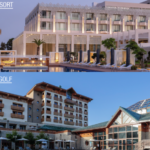Scientists at Purdue University in the state of Indiana, United States, have developed a new paint ultra-white that could eliminate the need for air conditioning while also assisting in the fight against climate change.
According to Xiulin Ruan, a mechanical engineering professor at Purdue, they estimate that one could get a cooling power of 10 kilowatts if they use the paint.

“If you were to use this paint to cover a roof area of about 1,000 square feet, we estimate that you could get a cooling power of 10 kilowatts. That’s more powerful than the central air conditioners used by most houses,” said Xiulin Ruan, a Purdue professor of mechanical engineering.
The typical white commercial paint on the market warms up rather than cools. According to Purdue, the new paint reflects up to 98.1% of sunlight, deflects infrared heat from a surface, and outperforms 80%–90% of comparable products.
It also surpasses the researchers’ earlier ultra-white paint, which reflected 95.5% of sunlight.
Why is this paint so reflective?
Barium sulfate, a chemical compound also used to make white photographic paper, makes the paint more reflective by the presence of various sized particles.
The scientists demonstrated the paint’s ability to keep surfaces 19° Fahrenheit (10.5C) cooler at night in an outdoor experiment and its ability to cool surfaces by 8° Fahrenheit (4.4C) in midday sunlight.
Though, radiative cooling paint has been developed as a practical substitute for conventional air conditioners since 1970s, scientists say, they spent six years of research to create this new paint.
The paint is made lighter and thinner so that it could be applied to vehicles like cars and airplanes.
Global temperature rise has compelled many people to turn to cooling to stay safe and comfortable.
According to the International Energy Agency, by 2050, the energy demand for air conditioners will have tripled, which is the equivalent of adding 10 new air conditioners every second.
According to the IEA’s Future of Cooling report, the energy required to run air conditioners and electric fans accounts for 20% of the world’s electricity consumption.
To help lower temperatures in the city of Los Angeles, California, some streets and pavements have been painted with a white coating referred to as CoolSeal.
In terms of overall warmth, July 2022 ranked sixth out of 143 years of NOAA records. The global surface temperature for the entire year (January through July) was also the sixth-warmest on record.
The likelihood that 2022 will be among the ten warmest years on record is greater than 99%, but the likelihood that it will be among the top five is only 11%, according to NCEI’s Global Annual Temperature Outlook.
The average global surface temperature for the 20th century was 60.4 °F (15.8 °C), but in July it was 1.57 °F (0.87 °C) higher. In the 143-year record, this July is the sixth warmest on record.
The 451st consecutive month with temperatures at least nominally above the average for the 20th century occurred in July 2022, making it the 46th successive July and month with such temperatures. Since 2016, there have been five Julys that have been the warmest on record.
At COP27, world leaders will gather in Sharma ElSheikh, Egypt, from November 6-18 to discuss ways to hasten public-private partnerships for climate actions.




